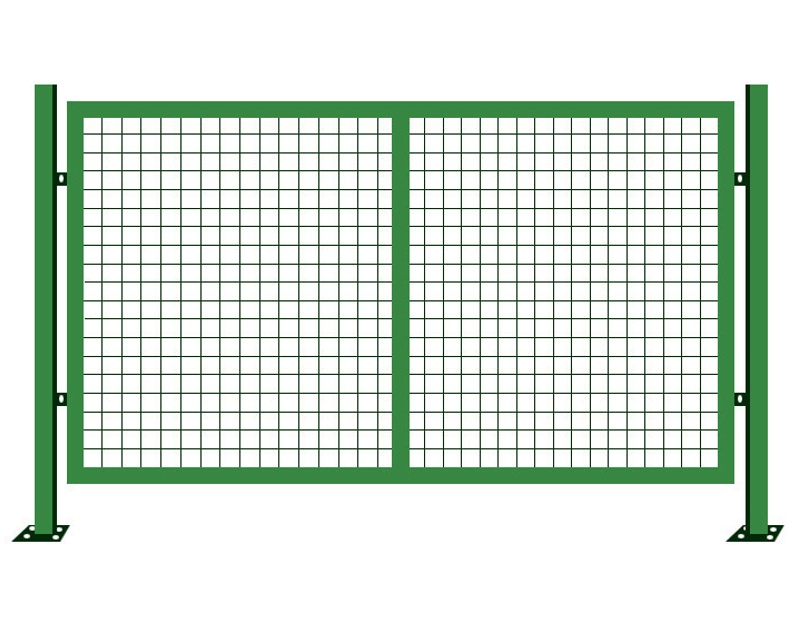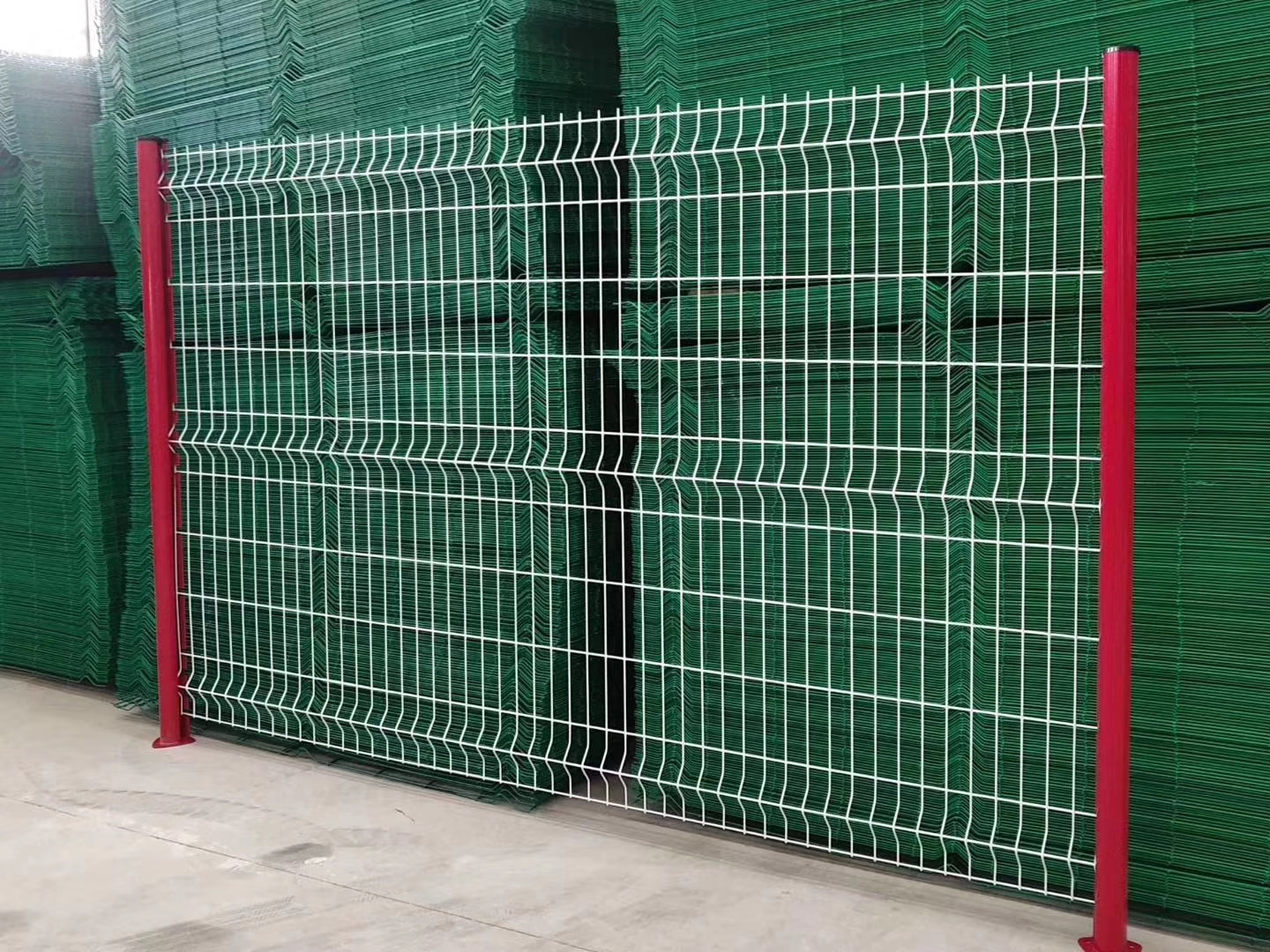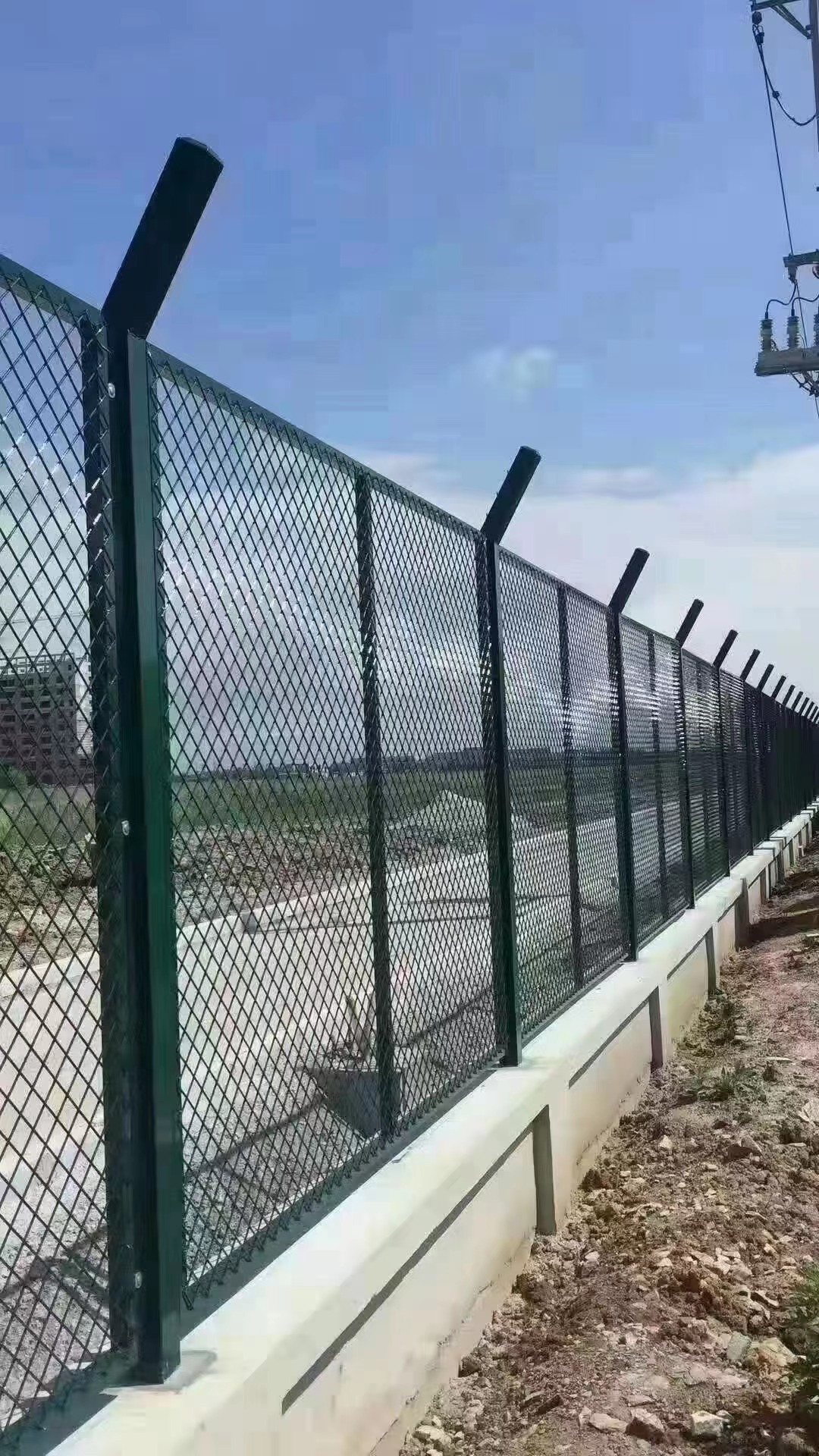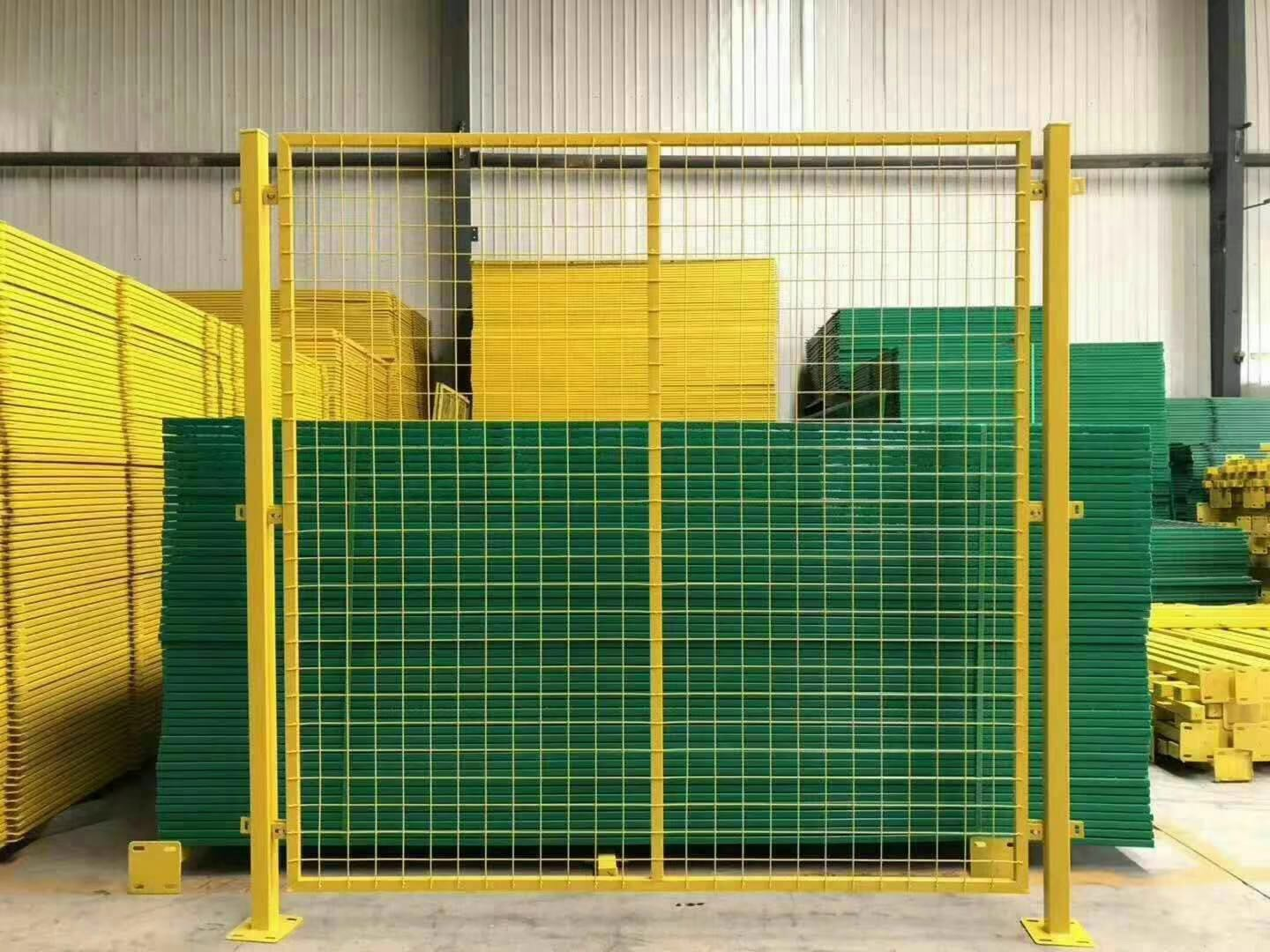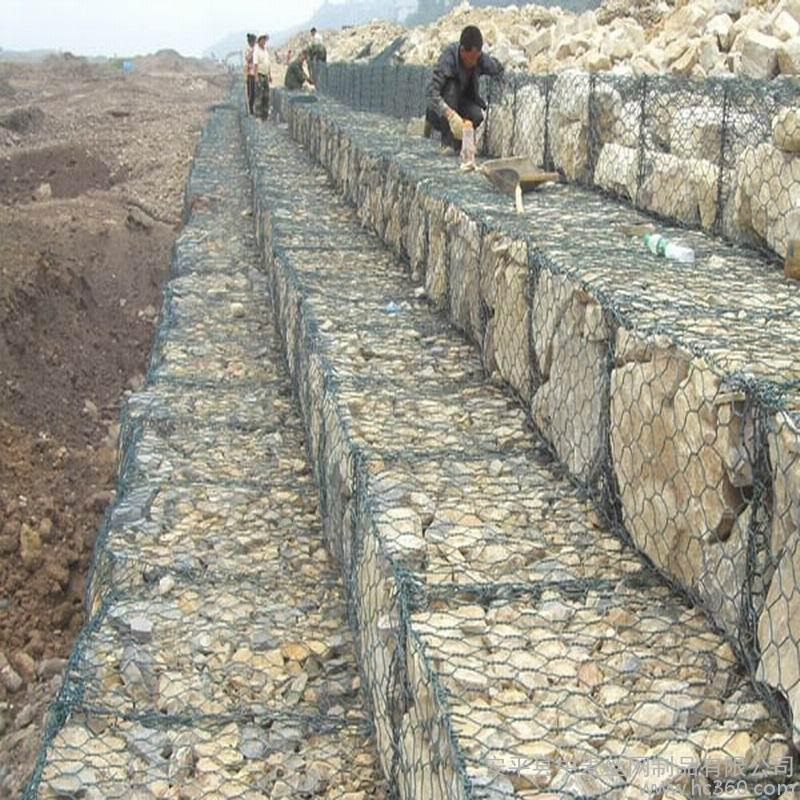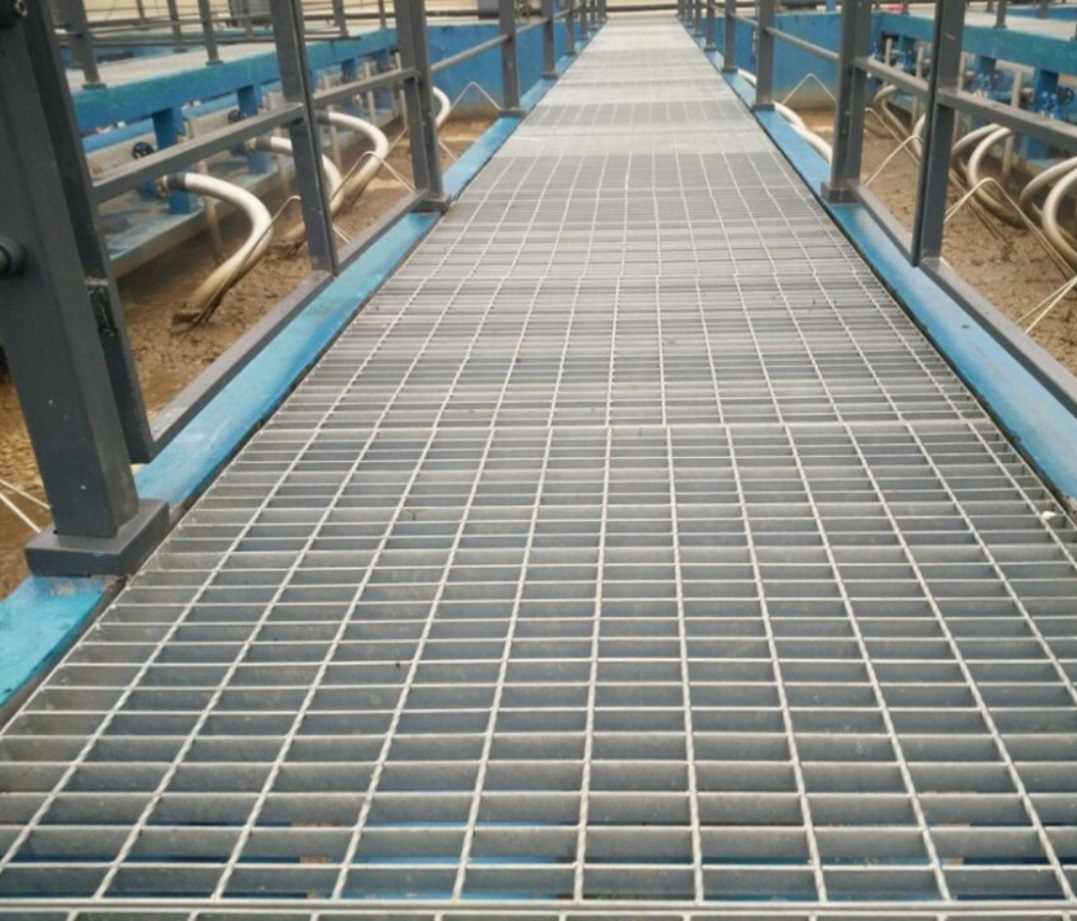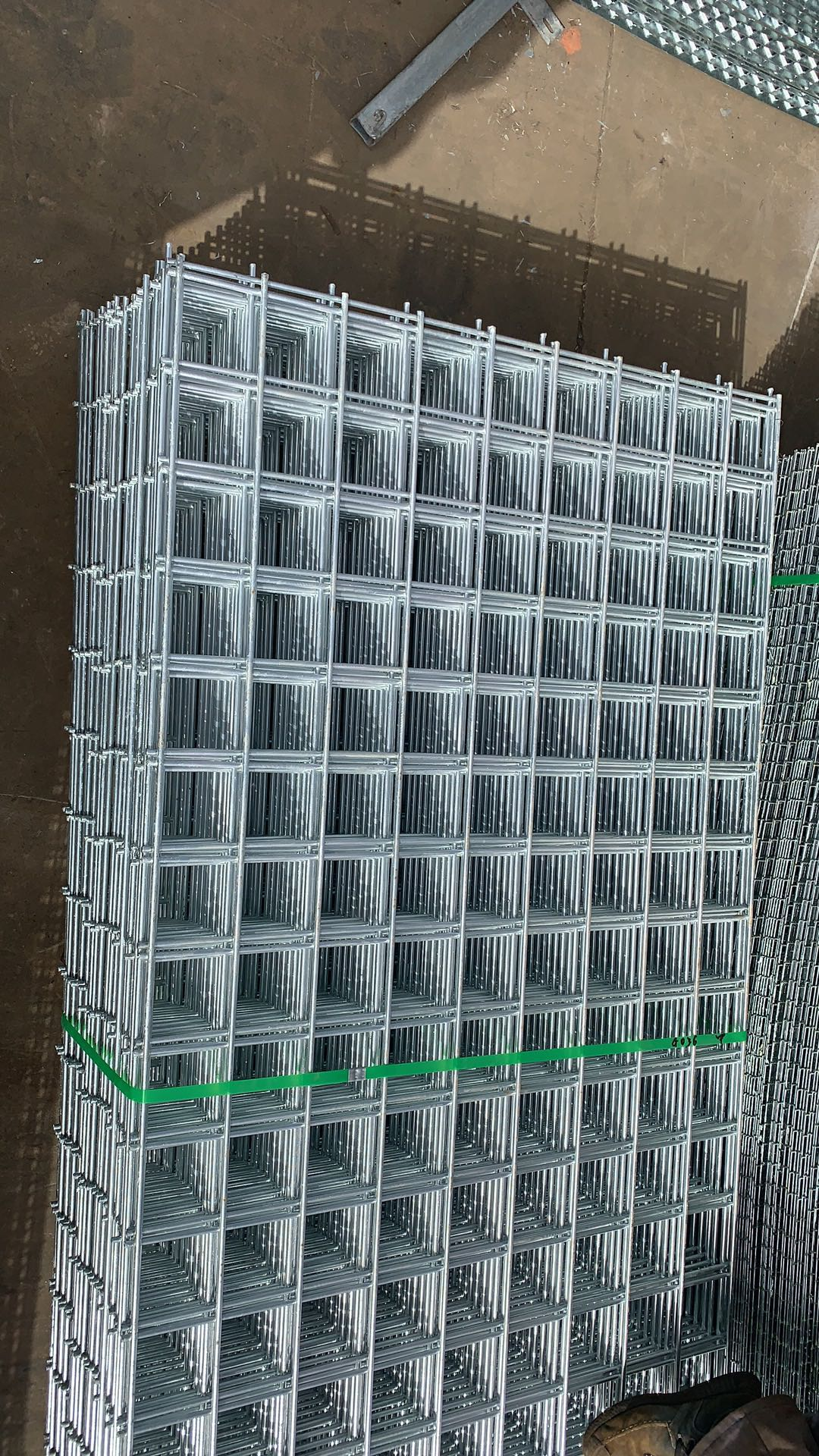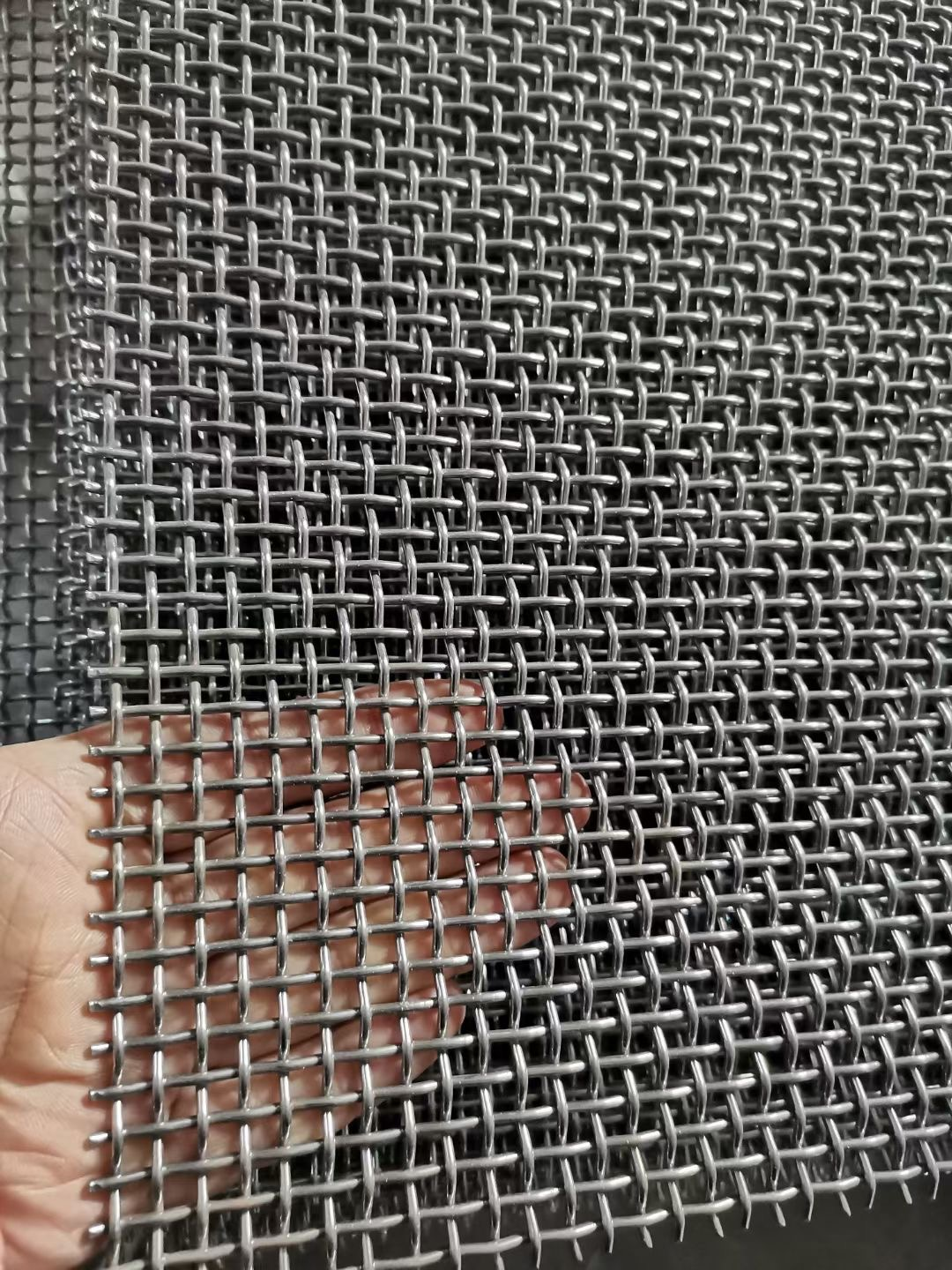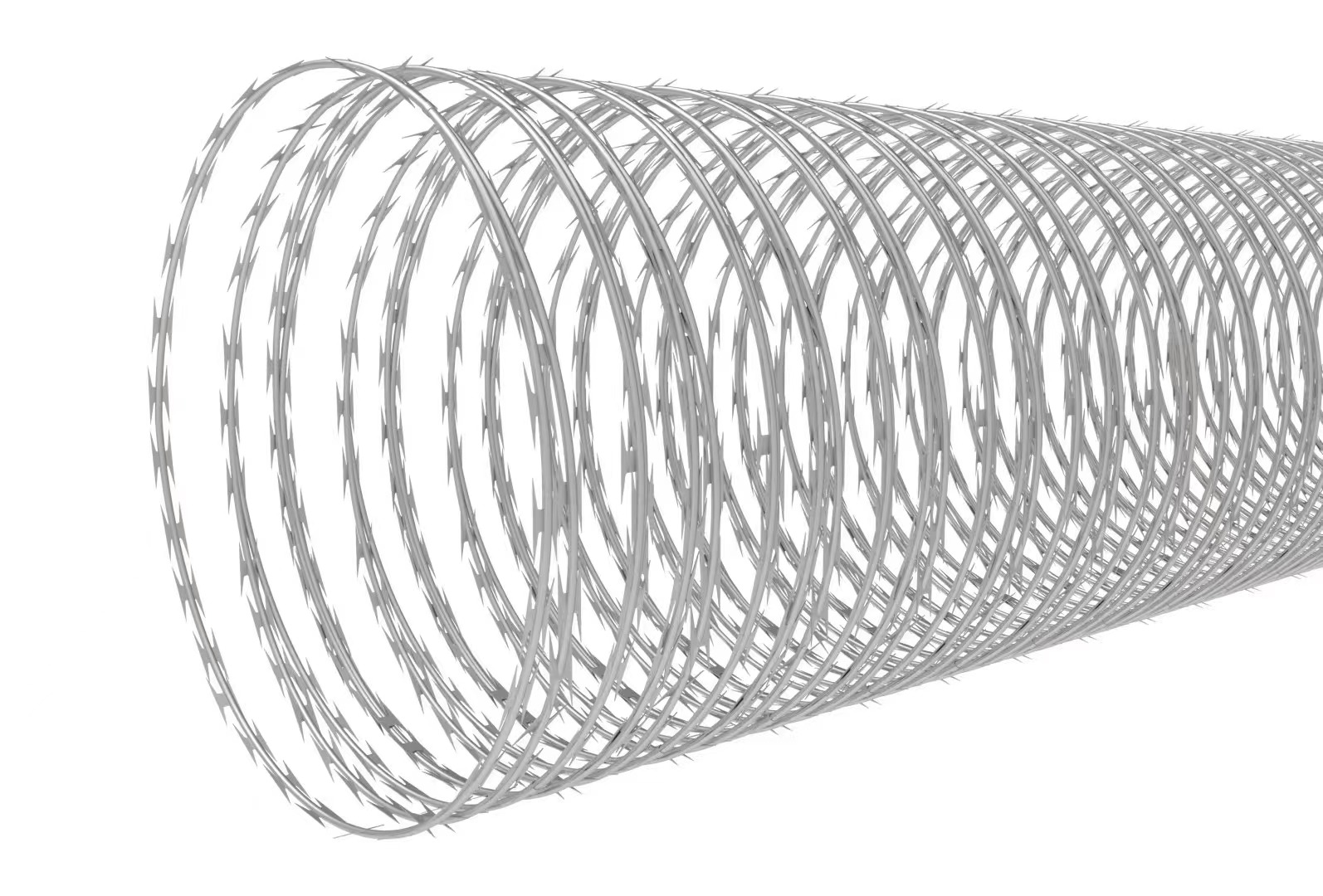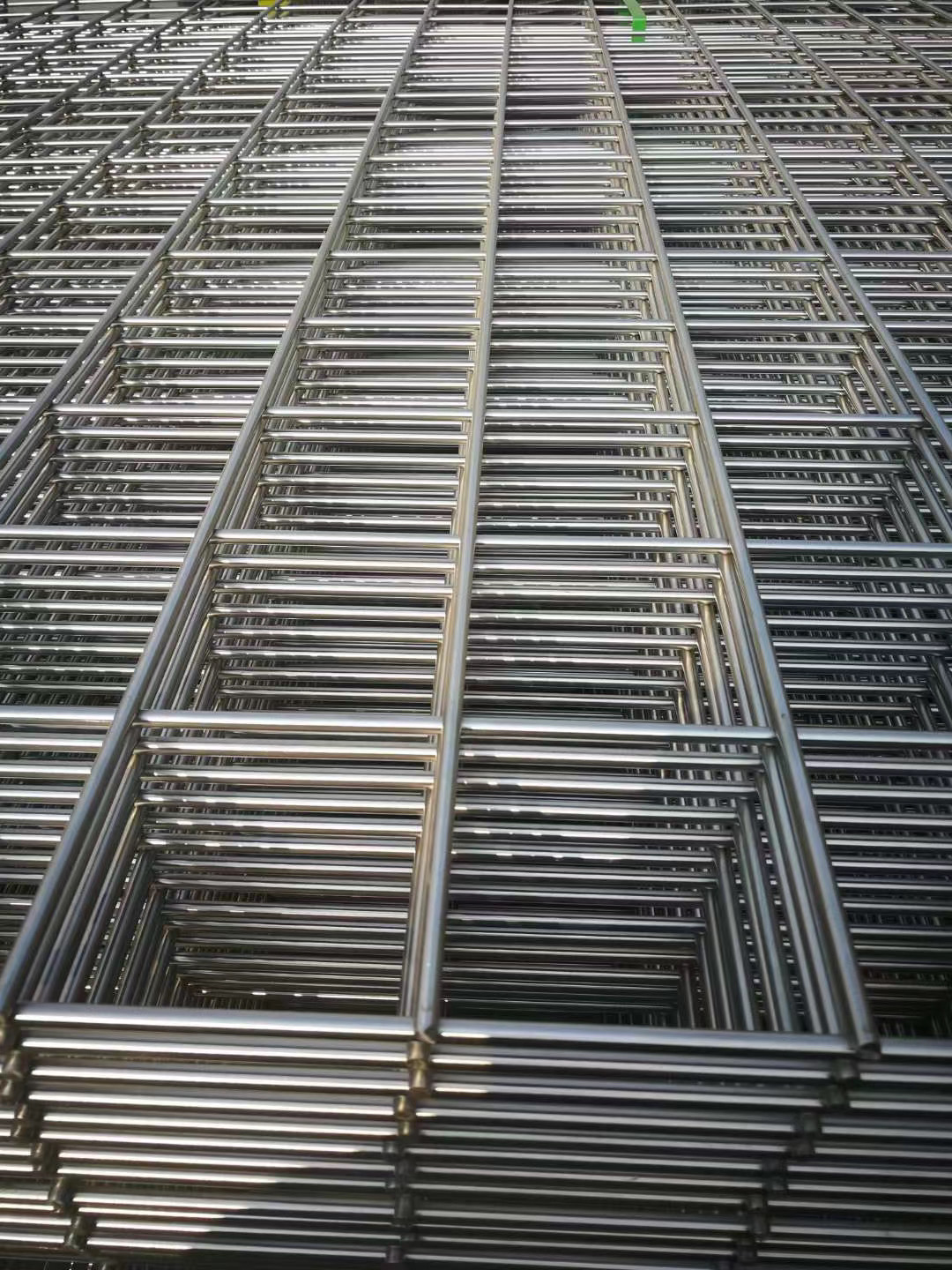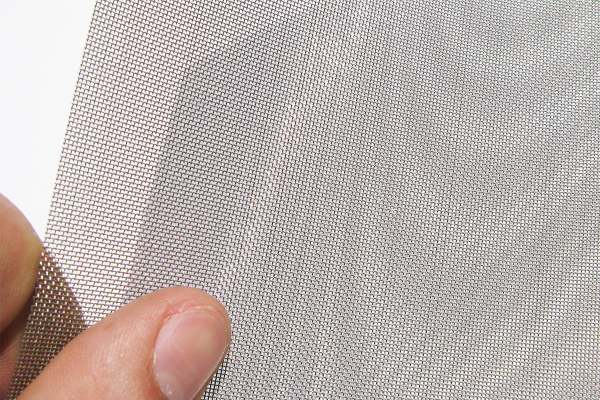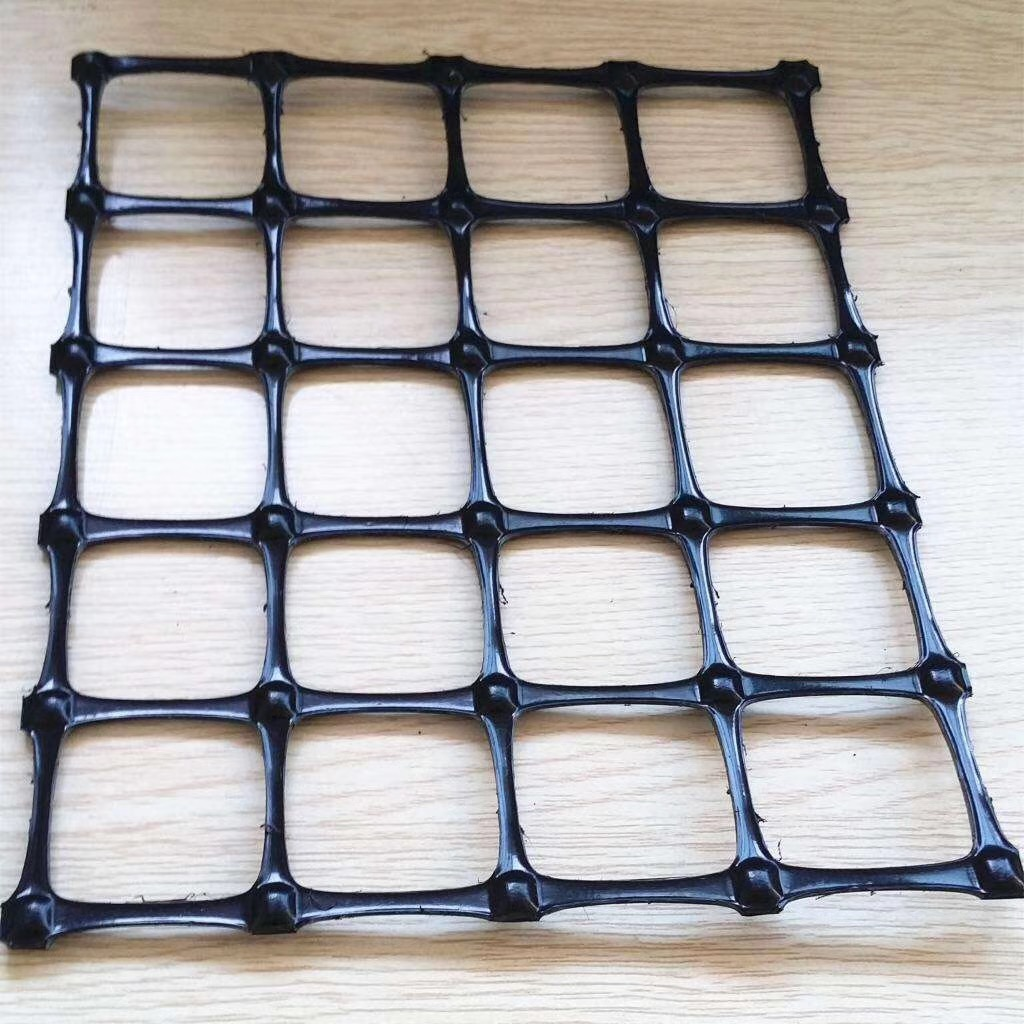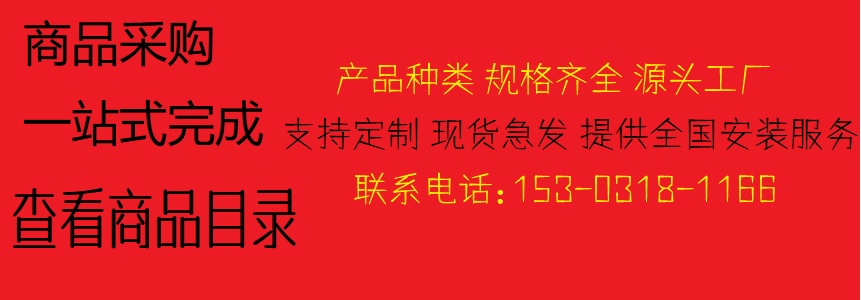Protective net
A protective net, also known as a safety net or safety barrier, is a device or structure designed to prevent accidents or injuries by creating a physical barrier between individuals and potential hazards. It is commonly used in various industries, such as construction, sports, and transportation, to ensure the safety of workers, athletes, and passengers.
Protective nets are typically made of strong and durable materials, such as steel, nylon, or polypropylene, that can withstand high impact forces. They are designed to be resistant to tearing, stretching, and weather conditions, ensuring their effectiveness and longevity.
In the construction industry, protective nets are commonly used to prevent falls from heights. They are installed around the perimeter of a building or at elevated work areas to catch workers or objects that may accidentally fall. These nets are often made of high-tensile strength nylon or polypropylene, with small mesh openings to prevent workers from falling through. They are secured to the structure with strong hooks or fasteners, ensuring their stability and reliability.
In sports, protective nets are used to protect spectators from flying objects, such as balls or pucks, during games or events. They are commonly seen in baseball stadiums, hockey arenas, and golf courses. These nets are usually made of strong and flexible materials, such as nylon or steel cables, that can absorb the impact of the objects and prevent them from reaching the spectators. They are strategically placed around the playing area, ensuring the safety of the audience without obstructing their view.
In transportation, protective nets are used to secure cargo and prevent it from shifting or falling during transportation. They are commonly used in trucks, trailers, and cargo ships to ensure the safety of the goods and the people involved. These nets are typically made of high-strength nylon or polypropylene, with adjustable straps or hooks for easy installation and removal. They are designed to withstand the forces of acceleration, deceleration, and vibration, ensuring that the cargo remains in place throughout the journey.
In addition to their physical properties, protective nets are also subject to various safety regulations and standards. They must meet specific requirements regarding their strength, durability, and installation methods to ensure their effectiveness and compliance with industry standards. Regular inspections and maintenance are also necessary to identify any potential issues or damages and to ensure the continued safety of the users.
In conclusion, protective nets play a crucial role in ensuring the safety of individuals in various industries. Whether it is preventing falls in construction, protecting spectators in sports, or securing cargo in transportation, these nets provide a reliable and effective barrier against potential hazards. By adhering to safety regulations and standards, and conducting regular inspections and maintenance, we can ensure the continued effectiveness and reliability of protective nets in safeguarding lives and preventing accidents.

